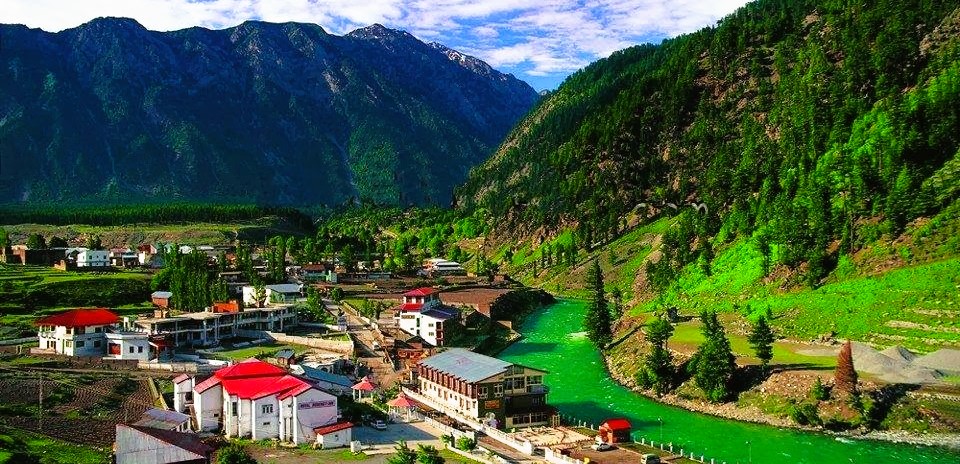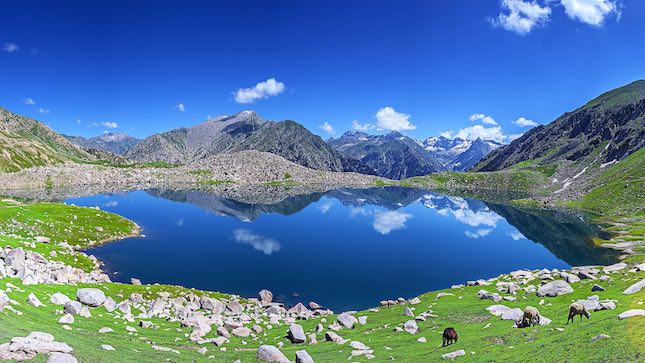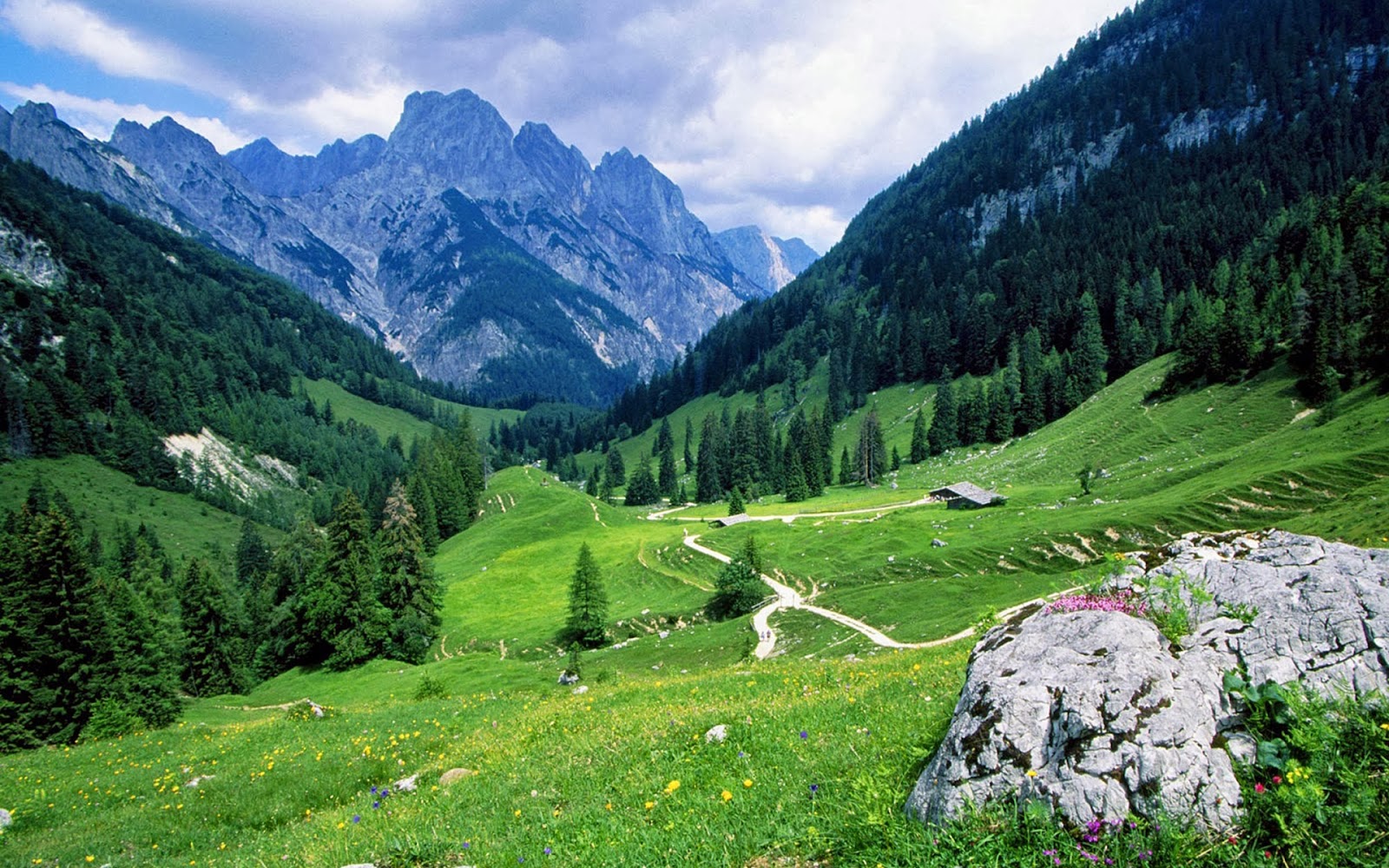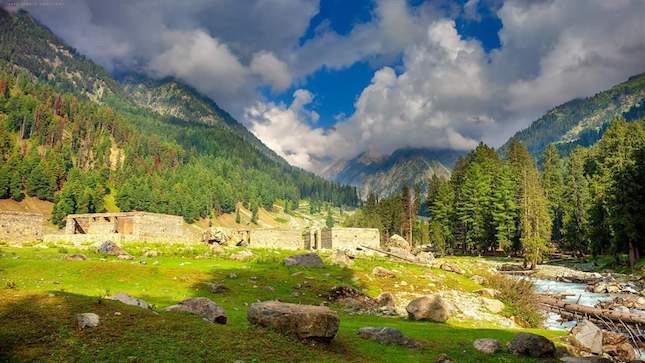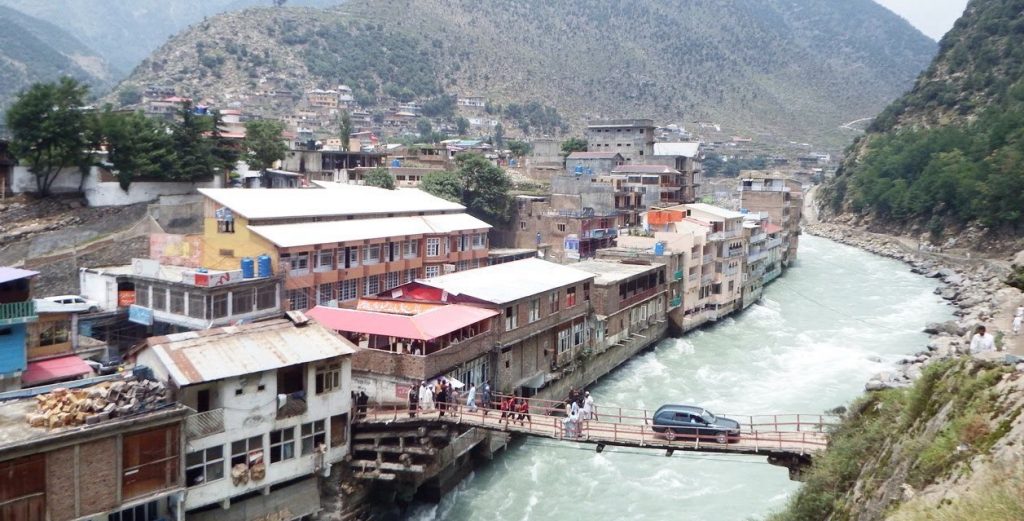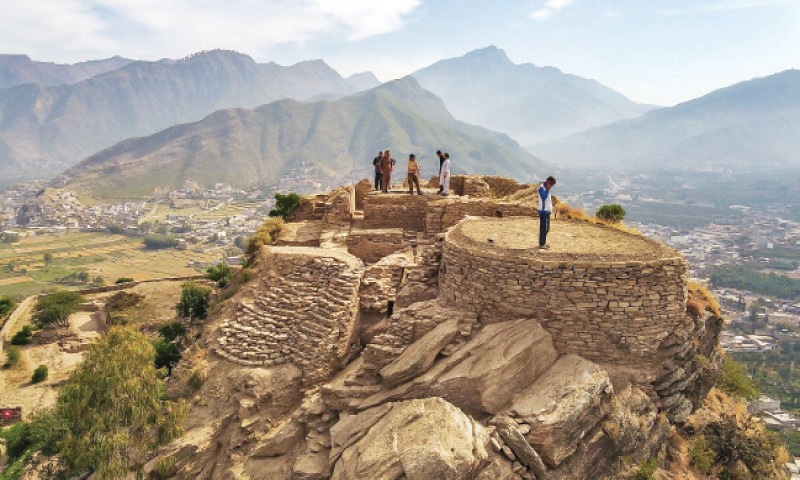
About the Swat
A Jewel of Northern Pakistan
Swat, a city nestled in the heart of the majestic Khyber Pakhtunkhwa province of Pakistan, is a breathtaking valley known for its natural beauty, cultural richness, and historical significance. Often referred to as the "Switzerland of the East," Swat is surrounded by snow-capped mountains, lush green valleys, flowing rivers, and a serene environment that captivates both local and international visitors. This picturesque city serves as the administrative center of the Swat District and stands as one of the most visited tourist destinations in the country.
Historical Background
Swat boasts a rich history that dates back thousands of years. It was once the center of the ancient Gandhara civilization and played a significant role in the spread of Buddhism in the region. Numerous archaeological remains, including Buddhist stupas, monasteries, and sculptures, have been discovered in and around the city. The city was a prominent hub for travelers, scholars, and monks during the ancient Silk Road era. Over time, the region saw the rule of various dynasties, including the Mauryas, Kushans, Ghaznavids, and Mughals.
In the modern era, Swat was a princely state before its merger into Pakistan in the 1960s. It has since evolved into a vibrant city while retaining its historical essence and cultural heritage.
Geographical Beauty
Swat is situated in a lush valley that lies along the banks of the Swat River. The valley is flanked by the towering mountains of the Hindu Kush range, creating a dramatic and awe-inspiring landscape. The river meanders through the valley, adding to the charm and fertility of the land. Swat enjoys a temperate climate with snowy winters and cool, pleasant summers, making it an ideal retreat year-round.
The natural beauty of Swat is unparalleled. From the snow-covered peaks of Malam Jabba and Kalam to the dense alpine forests and flower-filled meadows of Ushu and Gabral, the region is a paradise for nature lovers, photographers, and adventurers.
Tourist Attractions
Swat city and its surroundings offer a wide range of attractions for tourists. In the heart of the city, Mingora serves as the commercial and cultural hub, while Saidu Sharif functions as the administrative capital. Some of the most popular attractions in and around Swat include:
- Malam Jabba: A renowned hill station and ski resort, it offers winter sports facilities and panoramic views of the snow-laden mountains.
- Kalam Valley: Known for its green meadows, pine forests, and the crystal-clear Swat River, it is a top destination for camping, hiking, and fishing.
- Madyan and Bahrain: Charming riverside towns famous for their markets, handicrafts, and welcoming atmosphere.
- Ushu Forest and Mahodand Lake: Located near Kalam, this area is rich in natural beauty and offers opportunities for boating, trekking, and wildlife viewing.
- Swat Museum: Home to numerous artifacts from the Gandhara civilization, it provides deep insight into the valley’s historical and cultural background.
Culture and Traditions
The people of Swat are known for their hospitality, simplicity, and pride in their cultural heritage. The majority of the population belongs to the Pashtun ethnic group, and Pashto is the dominant language spoken in the region. Traditional dress, music, and cuisine are integral parts of Swat’s cultural identity.
Swati culture reflects a blend of ancient traditions and Islamic values. Weddings and festivals are celebrated with great enthusiasm, often featuring folk dances like the Attan and traditional musical instruments. The handicrafts of Swat, such as embroidered shawls, wood carvings, and handmade jewelry, are also well-known across Pakistan.
Education and Development
Swat has made significant progress in education and infrastructure development in recent years. Numerous public and private schools, colleges, and universities have been established to promote learning and literacy. Saidu Medical College and the University of Swat are among the notable institutions contributing to the region’s educational growth.
Despite facing challenges in the past, especially during periods of conflict, the people of Swat have shown resilience and determination in rebuilding their homeland. Road networks, health facilities, and communication systems have greatly improved, enhancing the quality of life for the local population and facilitating tourism.
Economy and Livelihood
The economy of Swat is primarily based on agriculture, horticulture, tourism, and handicrafts. The fertile lands of the valley produce a variety of fruits, such as apples, peaches, apricots, and plums, which are distributed across Pakistan. The local markets are vibrant with fresh produce, traditional goods, and handmade items.
Tourism plays a crucial role in the economic development of Swat. With its serene environment and natural attractions, the city attracts thousands of tourists every year, boosting local businesses such as hotels, restaurants, transportation services, and tour agencies.
Challenges and Future Prospects
Like many regions, Swat faces challenges such as population growth, environmental degradation, and economic inequality. However, the valley is steadily progressing with the help of government initiatives, non-governmental organizations, and active community participation. Efforts are being made to preserve the region’s cultural heritage, promote sustainable tourism, and ensure environmental conservation.
The future of Swat looks promising. With increasing awareness, better educational opportunities, and continued development, the city is well on its way to becoming a model of eco-tourism, cultural preservation, and economic growth.
Conclusion
Swat is more than just a scenic valley; it is a symbol of resilience, heritage, and beauty. From its ancient ruins and majestic landscapes to its vibrant culture and warm-hearted people, Swat captivates the soul of every visitor. As the city continues to grow and evolve, it remains a beacon of hope and inspiration in northern Pakistan—a place where nature and history live in perfect harmony.
Address: R943+JW3, Kanju, Swat, Pakistan
